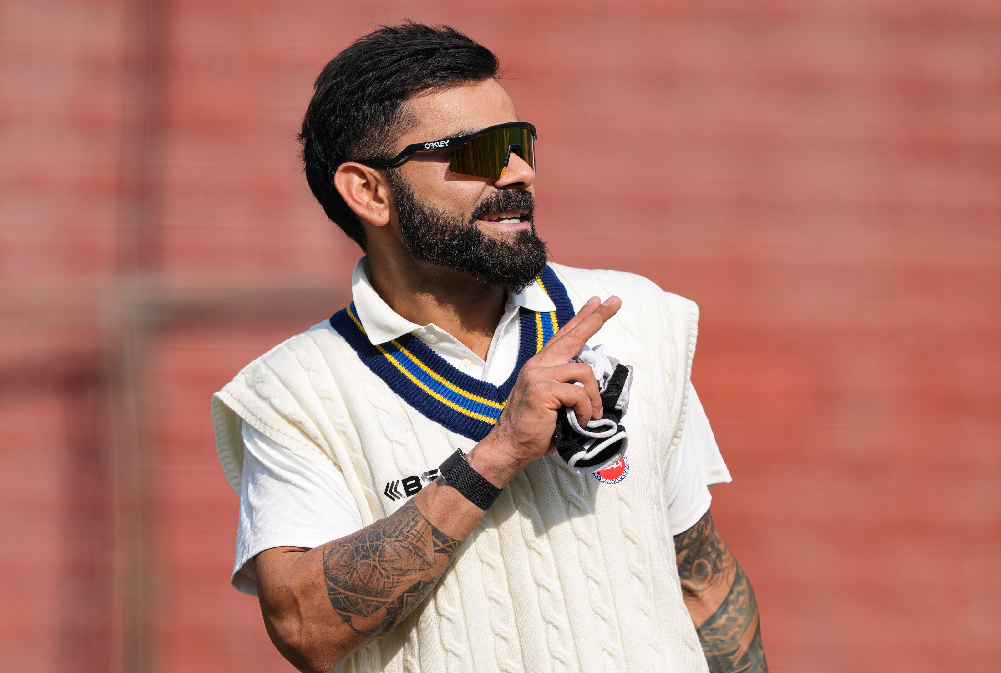
Haan to mujhe yoon bhula na paoge...
M. A. Siraj
As one bids adieu to Lata Mangeshkar, this epitome of ageless sweetness enters the realm of immortality. Her tuneful Haan to mujhe yoon bhula na paoge…will ever remain with us bringing tears in our moments of loneliness and solitude.
Lata has entered history just as she crept into the consciousness of fathers and grandfathers of over a billion Indians nearly seven decades ago. Her sonorous voice, pure and vibrantly alive, untrammeled in its range and flexibility, and hauntingly expressive will always stay with every Indian. There would be notes from the limitless repertory of her virtuosity that would essentially hinge upon some stage of life of all those who have lived through post-Independence India
Lata’s first break in Hindi cinema came in 1945 in Pahili Mangalagaur, produced by Master Vinayak in 1942 when she was just 13. But few know that it was as a child actor. It was like a cameo appearance with a heavy textured voice for a playful and coy actress as the thumri urged. Though she also sang for the film, the song was dropped. Her first Hindi song was recorded for the film Aapki Seva Mein in 1949. Since then, she did not look back. She evolved over the years gradually dislodging voices familiar till then until she transformed into a Hegemon, hard to be replaced or displaced, yet triggering scores of mimics.
Marathi writer Gangadhar Gadgil had this to say: “Lata’s voice has an ethereal quality, an indefinable something, with a unique appeal for us Indians. It is hauntingly expressive and peerless when it comes to flexibility and range.”
It was only in late 1948 and through 1949 that Lata began singing with mainstream music directors like Anil Biswas, Khemchand Prakash, Master Haider, Shakeel, and others. There is a 1948 recording of Lata’s, from Heer Ranjha, of the famous wedding song, Kahe ko byahe bides babul more, which is just a year later than the thumri mentioned above, but has Lata singing in a completely different voice and style.
There was a sweetness to Lata’s voice that is unique. And, while she dominated the singing scene, many others tried desperately to mimic her. Some were successful in their own right, like Anuradha Paudwal and Alka Yagnik, while others didn’t quite make the grade, like Sulakshana Pandit and Hemlata. All these singers have the Lata-type thin voice, but their voices were devoid of the dreaminess, haunting expressiveness and the musical virtuosity that characterises Lata’s singing. However, and this is the crucial point, at no point was Lata’s the only type of voice in which women sang.
Lata gave voice to a bewildering heterogeneity of personalities and characters on the celluloid screen. They ranged from vivacious Madhubala to classically talented Geeta Bali and from graceful Nutan to current age Dhak Dhak-girl Madhuri Dixit. In between them, she immortalized songs sung for Waheeda Rahman, Nargis, Meena Kumari, Vaijayantimala, Asha Parekh, Mumtaz, Hema Malini, Sharmila Tagore, Zeenat Aman, Parveen Babi, Rekha, Dimple Kapadia, Kajol, Karishma Kapoor and the list could be endless. The songs portrayed them as college girls, physicians, tawaifs (courtesans), homemakers, cops, moms, nuns, daughters, urban women, nubile village lasses, Hindus, Muslims, Sikhs, Christians, elite women and maids, an incredible array of characters, with guts and voice, within the mainstream genre, often surpassing their male colleagues by leaps and bounds.
Lata’s versatility had no match. Soulful as it was, it expressed pain, heartbreak, love, jubilation, daredevilry, mystery and enigma. She began her career with a thumri, and went on to sing countless sensuous songs - so numerous, in fact, any attempt to give examples would be inadequate. But those laced with melancholy evoking pain of separation are remembered the most. Nostalgic of the age they were sung, they purvey purity of love, innocence of youth and intense yearning for the ones severed and separated.
And it is not as if rebelliousness is absent. Recall Madhubala singing Pyar kiya to darna kya in Mughal-eAzam in a spellbinding performance in Jaipur’s mirrored sheeshmahal and Waheeda Rahman singing Kaanton se kheench ke ye aanchal in Guide, both in Lata’s voice. In the former, the emperor, the ultimate representation of authority, is challenged in the imperial court in full public view by a defiant, gyrating Anarkali.
The latter number could almost be an anthem of the feminist movement: Rosie singing and dancing with abandon as she emerges out of the oppressive trap of a marriage to a respectable man and openly accepts the love and partnership of a lowly guide on a tourist circuit. The rebelliousness of this act is magnified manifold as she wears ghungroos (dancing bells) and takes up dancing as a profession, regarded as dishonourable, in defiance o
 English daily published in Bengaluru & Doha
English daily published in Bengaluru & Doha






